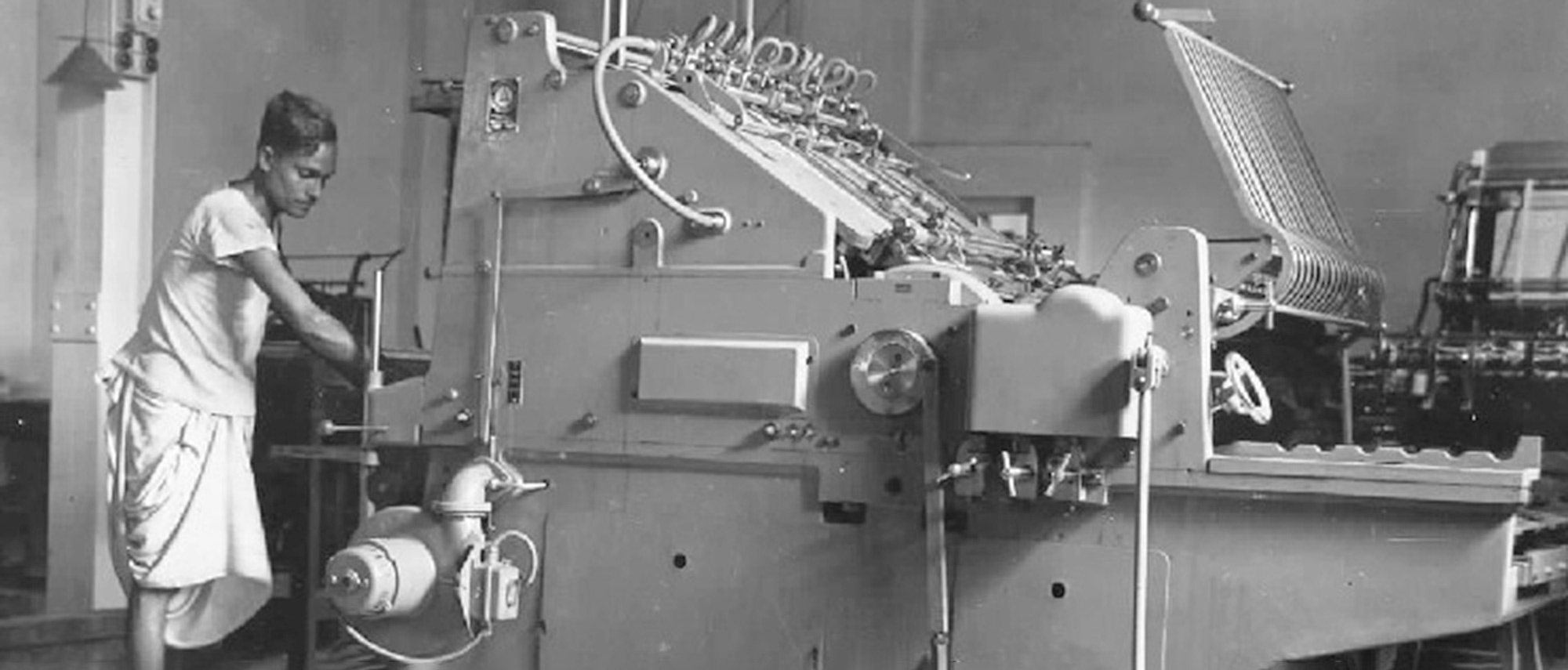The Biswa Odia Bhasha Sammilani is concluded after taking a trip back in time offering visitors the chance to soak up some of literature’s most important steps of history.
Yes, in order to raise awareness about how the introduction of the printing press affected the growth of the Odia language, the funfair took visitors on a tour through the state’s rich printing press heritage.
Given the easy access to information in the modern digital age, it is understandable that the general public would overlook the influence of printing machines on the evolution of Odia language and culture. It is indisputable that mass production of written content has transformed education and communication while also simplifying the distribution process.
As WOLC commemorates the illustrious past of the printing press, let’s take a trip down memory lane to investigate the intriguing background of printing machines and their influence on the development of language.
Oral communication was the primary mode of communication used by human civilization at first. Printing became necessary as they sought to document and retain their memories of significant events. The foundations of printing were first created by writing on sand and mud and then by transferring any word or picture from one surface to another.
Based on information gathered from WOLC, printing was detected in black clay models in Babylon in the prehistoric era about 3000 BC. In China around 868 AD, the fundamental concept of printing or image transfer from one surface to another was first presented.

However, the 15th century is regarded as the golden age of printing due to Johannes Gutenberg’s development of movable metal types in Germany during 1454-55 A.D.; he is regarded as the father of printing.
Writing formats and racks
The Odia lead metal types machine was used for letter press printing and hand writing long before India gained its independence. It has been discovered that the first Odia metal typefaces were produced and put to use in printing around 1836.
Manual letter press printing machine

The British authorities printed English papers before to independence using an antiquated hand-operated letterpress printing equipment.
Hand-operated letter press printing machine

Prior to independence, the ancient hand-operated letter press printing machine belonged to the king of the province kingdom of Keonjhar. Odia literature was being printed and published using it.
A treadle printing machine for letter presses

This printer is powered by your feet. This machine was in use throughout the first half of the 20th century and operated on the platen concept. Because it was quicker than manually driven machinery, it was in high demand.
In an effort to educate people, particularly the younger ones, OW LC has brought along a few collections of antique printing and related machinery. The display traces the evolution of printing from the antiquated letterpress method to digital printing.

